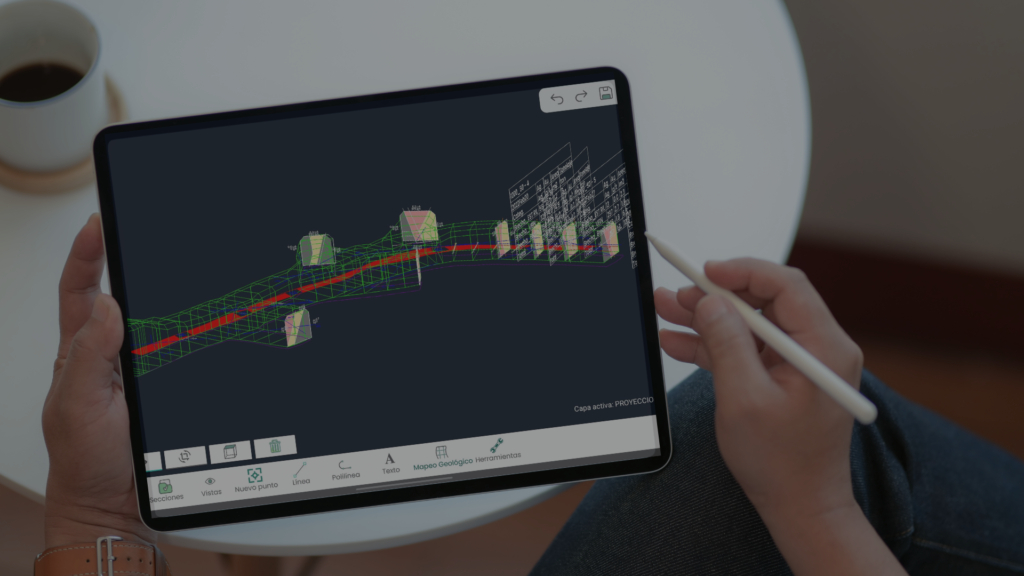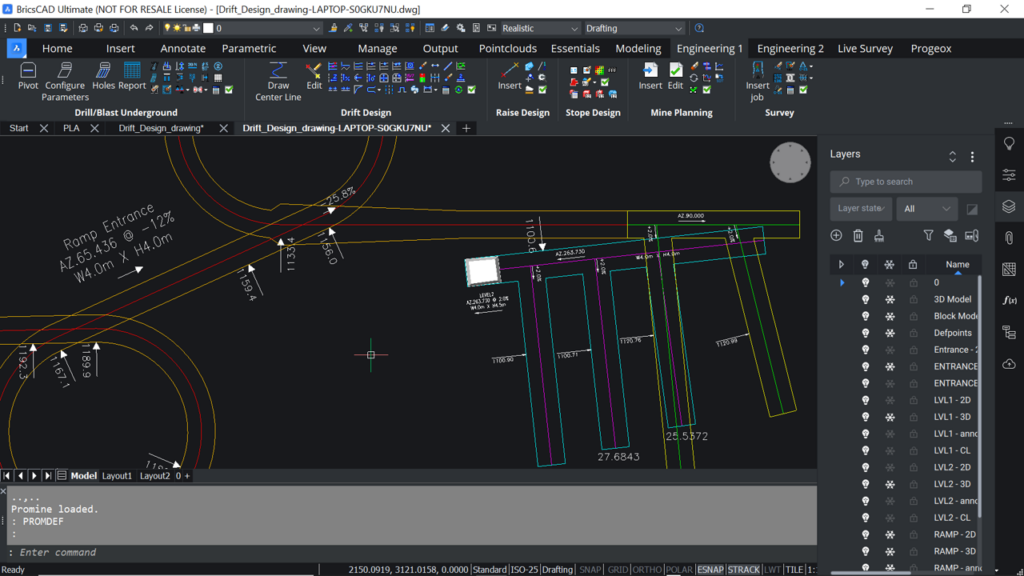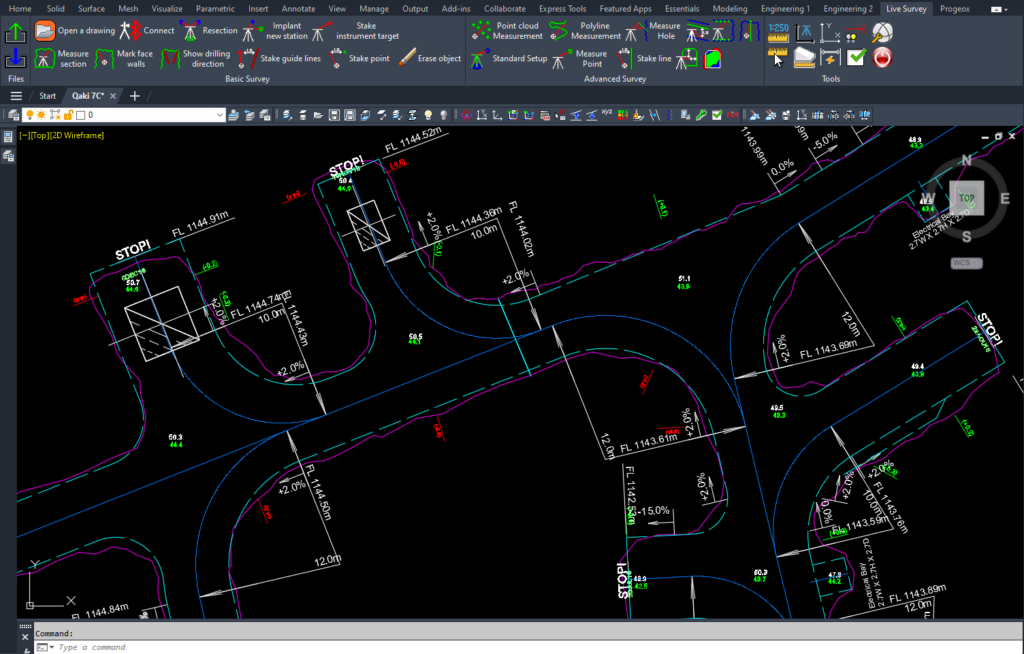When it comes to underground mining cost estimation, creativity is indeed wanted! Although underground mining methods have a selection criterion, they differ slightly from one another in terms of scope. This explains why there is no exact formula or method capable of predicting the exact underground mining cost. An estimation is usually done during the feasibility studies, in which an iterative process of design and evaluation is conducted to display all the possible scenarios. After determining the production rate of the mine, the total cost of an underground mine will encompass underground developments, equipment, labor, and supply costs for preproduction development and daily operations. These same parameters will be also used to estimate the total mine capital and operating costs. After the estimator outputs an estimated guess, they may adjust the production rate and iterate the process again.
At the initial stages of a cost estimation, the focus will be on the preliminary design of the mine, mainly on how to access the orebody. Then, most of the costs associated with preproduction are associated with the underground developments required to access the orebody. These estimations also provide an indirect insight on the quantity of material to be used for daily operations such as rock bolts, explosives, shotcrete, ventilation, etc.
During the mine cycle, the goal of mine planning is to output as much tonnage as possible with the least cost. An optimization is done here to maximize the return from the deposit or to achieve a certain quarter goal. During this optimization, the mine planner will also include equipment, labor and supply costs associated with each orebody portion (stope). Engineers will then use some basic calculations to estimate the lengths or ramps and drifts associated with each stope. Using this data alongside with the tonnage from each stope, a quick estimation can be done to determine the advance rate needed to maintain the production rate.
This whole process of estimating the cost is, in fact, subject to an iteration process to determine the best- and worst-case scenarios. During the actual mine operation phase, mining engineers will produce daily cost reports using mining software to determine the exact budget needed for all tasks such as drill/blast, stope support, hauling, etc. Promine software offers its users the ability to produce such reports with ease in BricsCAD or AutoCAD platforms. Users are also able to print or share digitally these reports across all mine departments in a few clicks.
Reference:
Darling, P. (2011). SME Mining Engineering Handbook (2nd ed.). Society for Mining, Metallurgy, and Exploration, Inc.





